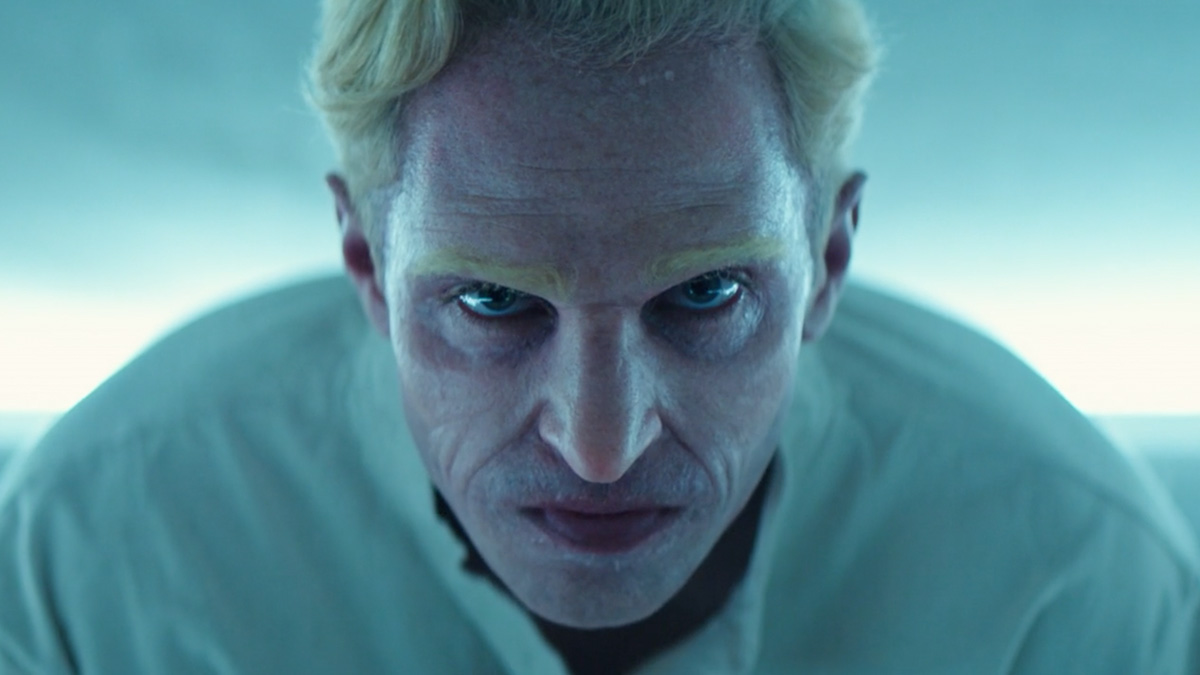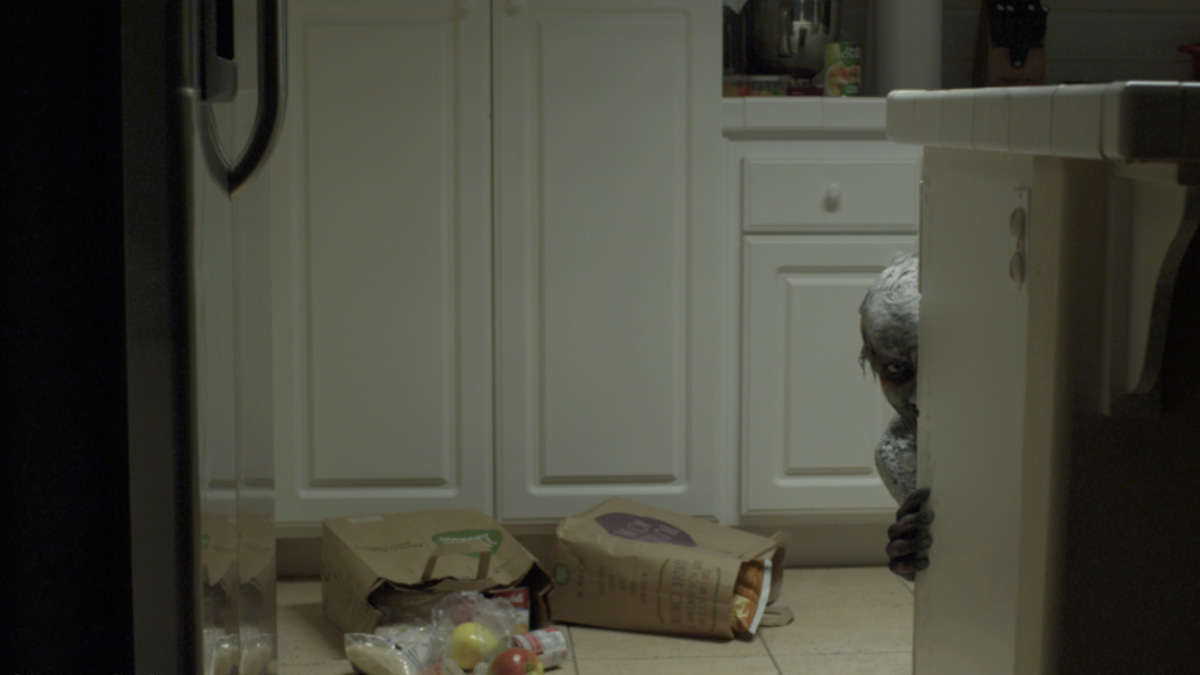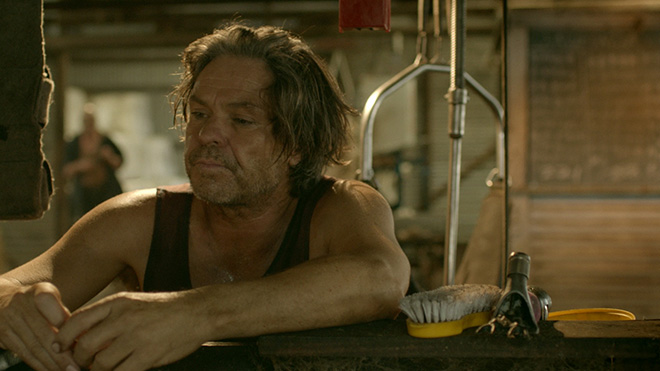The Faceless Man is an offbeat fable about a disillusioned man who discovers his face has been transformed into a mirror and must venture out into the world to reclaim his identity.
One of the unwritten rules in cinema is to heavily limit the use of mirrors in a scene, to only use them in the shots where they are absolutely necessary. Then comes Jeremy Foley and ‘The Faceless Man‘, I mean what were they thinking, shooting an entire film where the main character is literally a mirror? Well it turns out they knew exactly what they were doing, and as opposed to avoiding the unforgiving reflections they went searching for any shimmering surface. The result is an incredibly well thought-out scene by scene short film with some strong (and achieved) intents that simply deepen as the story moves along.
The genesis for this film was a short story written by Jeremy’s father after the collapse of the American housing market and ensuing great recession; A way of coping with the sense of loss and disillusionment so many people were facing at that time.
I read it several years later and remember being so intrigued with the idea. It reminded me in many ways of Kafka’s The Metamorphosis in which the main character wakes up and is transformed into a literal manifestation of his emotional state – a man with no face, no identity, who others project their own inner narratives upon.
And I thought if we could pull this off successfully on film, an audience would feel the same way. After adapting the story to a screenplay (along with my wife Sara O’Reilly, the Co-Writer and Producer of the film), we decided to use real practical effects in order to ground this surreal story.
Lead brilliantly by Billy O’Leary, who had the daunting task of performing blindly behind a latex mask/mirror, the film turned the immense challenge into its unique feature. So much of the story is told through this tiny reflection, which also sparks heavy moments of clairvoyance at times.
The effect of a faceless man was achieved using special effects prosthetic make-up design, which we inlaid with an acrylic two-way mirror. This allowed our actor to see and interact with the world, but to everyone else he was simply a reflection. This means that 99% of the reflections you see in the film were captured in real time, on set, as they were happening.
To see the full-level of craziness watch the behind-the-scenes video:




